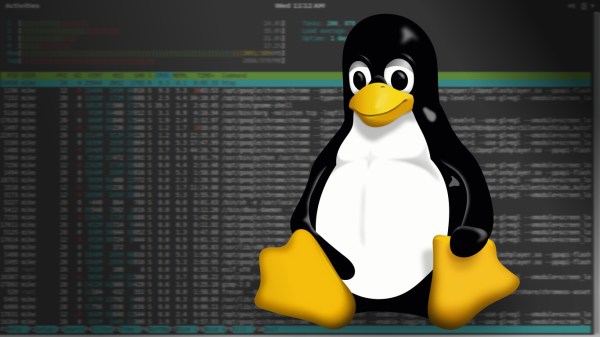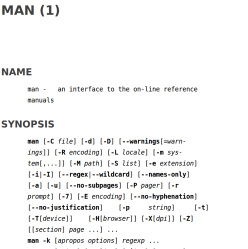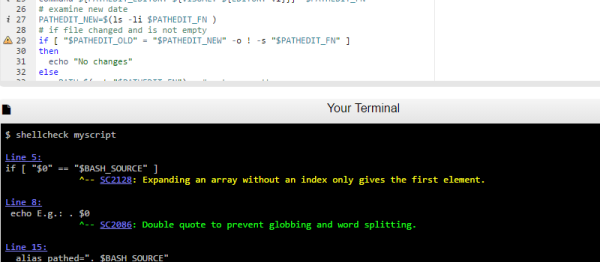Truly good ideas tend to apply in all situations. The phrase is “never run with scissors”, not “don’t run with scissors unless you are just going into the next room.” Software development methodology is a good idea and most of us have our choice of tools. But what if you are developing a significant amount of bash or similar script? Should you just wing it because bash isn’t a “real” programming language? [Oscar] says no, and if you are writing more than two or three lines of script, we agree.
We’ve made the argument before (and many of you have disagreed) that bash is a programming language. Maybe not the greatest and certainly not the sexiest, but bash is near ubiquitous on certain kinds of systems and for many tasks is pretty productive. [Oscar] shows how he uses a source code formatter, a linter, and a unit test framework to bring bash scripting in line with modern software development. We are pretty sure he uses source control, too, but that seems so elementary that it doesn’t come up outside of a link to his repository in GitHub.

















